
Smart Gardening: Smart lawn alternatives to protect pollinators
DOWNLOADApril 5, 2016 - Rebecca Krans. Adapted from Abi Saeed and Rebecca Krans.
Pollinators, especially bees, provide us with valuable services by pollinating plants that contribute to food production and beautify our landscape. Disturbingly, there is increasing evidence that many important pollinator species are in decline. As people develop more and more land, the amount of habitat where bees and other pollinators can nest and find flower resources (food) is shrinking. This is especially true in urban and suburban areas where farmland or natural habitats have been replaced by subdivisions and parking lots. Lawns that are aesthetically pleasing to most people create a dense, green carpet with almost nothing to offer pollinators and other beneficial organisms.
Smart gardeners can make a difference by taking steps to be thoughtful about how they maintain their lawn. Look to reduce and minimize the impact of gardening practices on bees. Lawns with a few weeds can provide food and habitat for hundreds of bee species. Your lawn can act as critical stepping stones for these beneficial insects by bridging gaps between remnants of natural habitat.
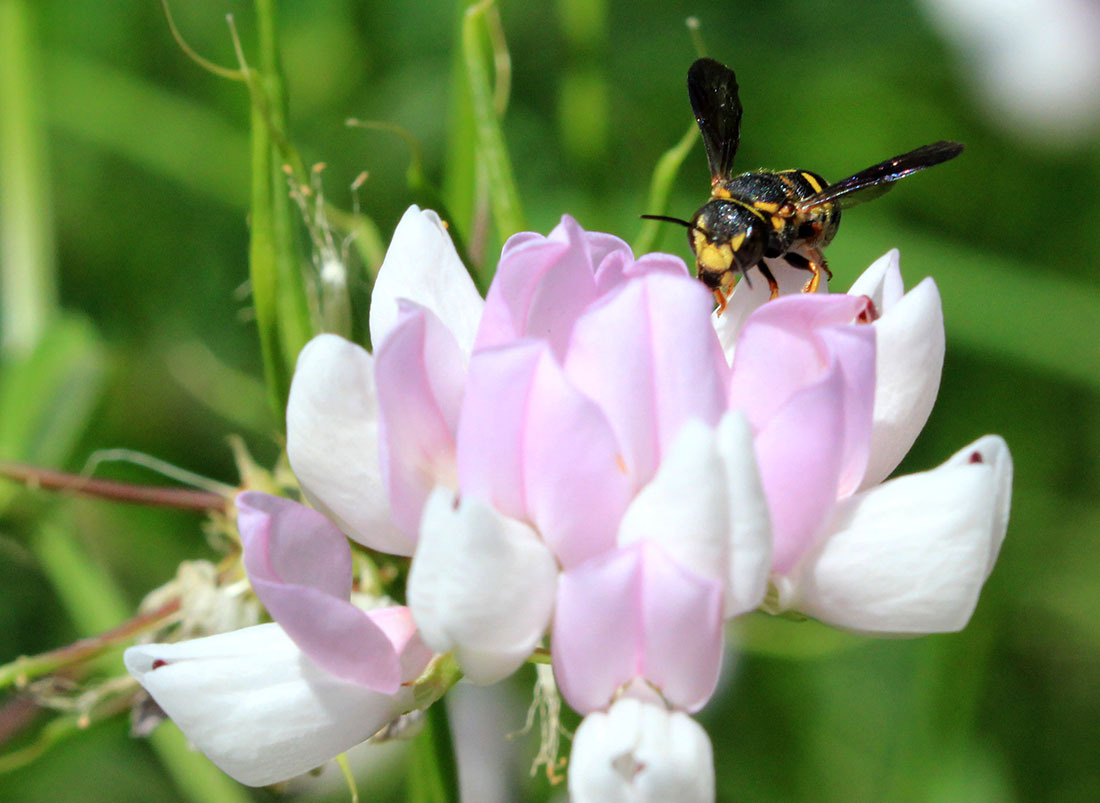
Lawn alternatives to encourage pollinators
The types of alternative lawns are only limited by your imagination. For a more grass-like lawn that requires fewer inputs, you can choose plants such as Liriope to replace a traditional lawn on either flat or steep areas. This hardy perennial can be mowed several times a year for a more lawn-like appearance or left alone. Other grassy perennials such as sedges and fescues can replace lawn in wet or dry areas that are difficult to maintain.
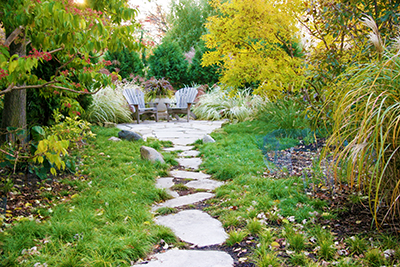
If you want to reduce turf areas, consider using groundcovers including creeping thyme, a low-growing plant that produces lots of flowers and requires minimal maintenance. Other groundcovers include Ajuga, bearberry or Pachysandra. Low-growing clover like white or Dutch micro-clover, is a thrifty lawn alternative which provides nectar and pollen for bees.
For a more natural look, turn your lawn into a low maintenance prairie filled with native plants of varying heights and textures. For example, Helenium (sneeze weed), Globe thistle and Asclepias (milkweed) will create a diverse, colorful and eye-catching landscape all year round. You can gradually reduce the amount of turfgrass area within your current lawn and replace it with native flowerbeds or expand your ornamental plantings.
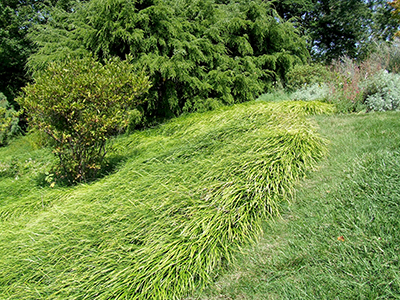
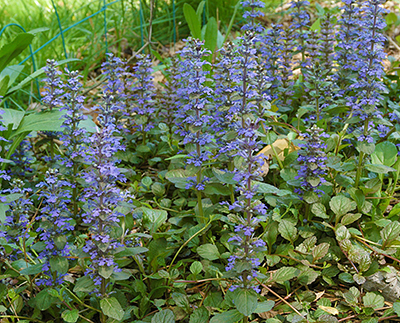
Weeds can add flowers for bees
Although dandelions are considered unsightly by some, they are a great resource for hungry pollinators. By leaving a few of these flowering plants, you will encourage visiting pollinators throughout the growing season. Research shows lawn weeds like clover and dandelion are one of the largest and most important food resources for bees in urban areas. Consider incorporating short flowering plants such as clover, micro-clover, trefoil, self-heal/heal all (Prunella), creeping thyme and small bulbs such as crocus.
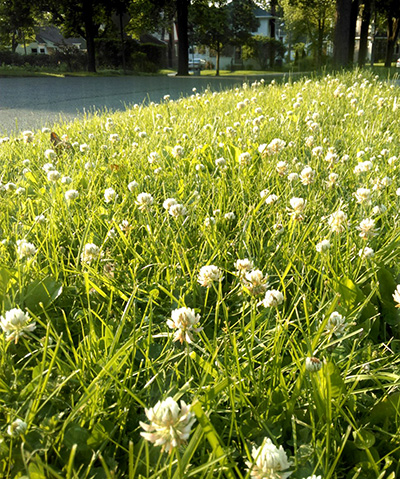
Not all pollinators sting
Pollinators investigating flowering plants in your lawn are not likely to sting you. They are only interested in the food and habitat in your lawn and garden, and not interested in bothering you. As you look to make your yard more friendly for pollinators, remember to reduce the amount of chemicals you use in your gardens, never spray any flowering plants in bloom or bare soil, and always read and follow label directions. Reimagine (bee-imagine) your idea of a perfect lawn. Does it need to be a picture-perfect turf landscape, or a perfect paradise for you and pollinators?
A field guide, “Bees of the Great Lakes region and wildflowers to support them,” is for sale at the Michigan State University Extension Bookstore if you want to learn more.
The importance of pollinators
Many of our fruit, vegetable and fiber crops require pollination by insects. These pollinators also pollinate more than 85 percent of the world’s flowering plants and are ultimately responsible for the seeds and fruits that humans, songbirds and even black bears consume. Since learning that the number of pollinators is significantly declining, many gardeners are learning how to make positive contributions towards their conservation. Understanding habitat needs and food sources while adjusting our garden maintenance routine is a step forward in pollinator conservation. Many of us quickly think of the honey bee as a pollinator, but over 450 species of native bees live in Michigan. Native bees come in many shapes and sizes, and are often adapted to prefer native trees, shrubs and herbaceous plants, but will also work a widely diverse garden plant palette. Although bees are the most important pollinators, there are several other groups of insects, birds, mammals and even reptiles that play their part in pollinating specific plants. Beneficial insects also make up the world’s hardest-working workforce by keeping pest insects in check. A diverse selection of native and non-native plants, judicious reduction of pesticide use and observant gardeners can form a successful strategy for preserving bees and other “good bugs” in our landscapes and gardens.
For more information on a wide variety of Smart Gardening topics, visit the Gardening in Michigan website or call MSU Extension's Lawn and Garden Hotline at 1-888-678-3464.
This publication is supported in part by the Crop Protection and Pest Management Program 2017-70006-27175 from the USDA National Institute of Food and Agriculture. Any opinions, findings, conclusions, or recommendations expressed are those of the author(s) and do not necessarily reflect the view of the U.S. Department of Agriculture.



 Print
Print Email
Email





